Last updated on April 17, 2024
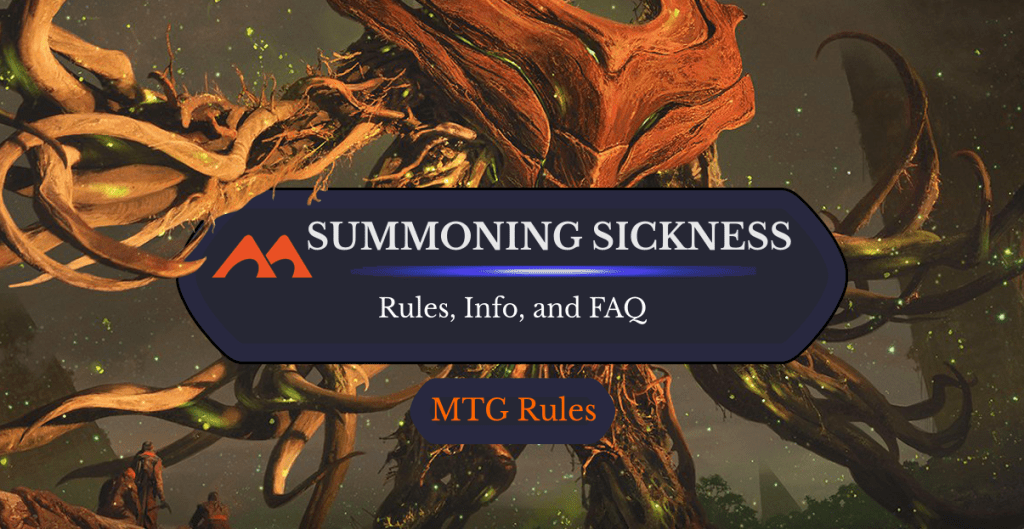
Ashaya, Soul of the Wild | Illustration by Chase Stone
Have you ever woken up in the morning and just felt groggy and detached from everything? Or maybe you watched a movie where some dude pops out of a portal and throws up. That’s more or less how your creatures feel when you summon them in Magic. They’ve got to take the time to get a grasp on everything before they can act appropriately because, well, they literally just started existing!
This is the place to be if you’ve ever wondered anything about the rules behind summoning sickness in MTG. Whether it’s about a more specific interaction or if you’re just picking up the game and are looking to learn the ropes, I’ve got your back.
Today I’ll be discussing summoning sickness in depth, so let’s get into it!
What Is Summoning Sickness in MTG?
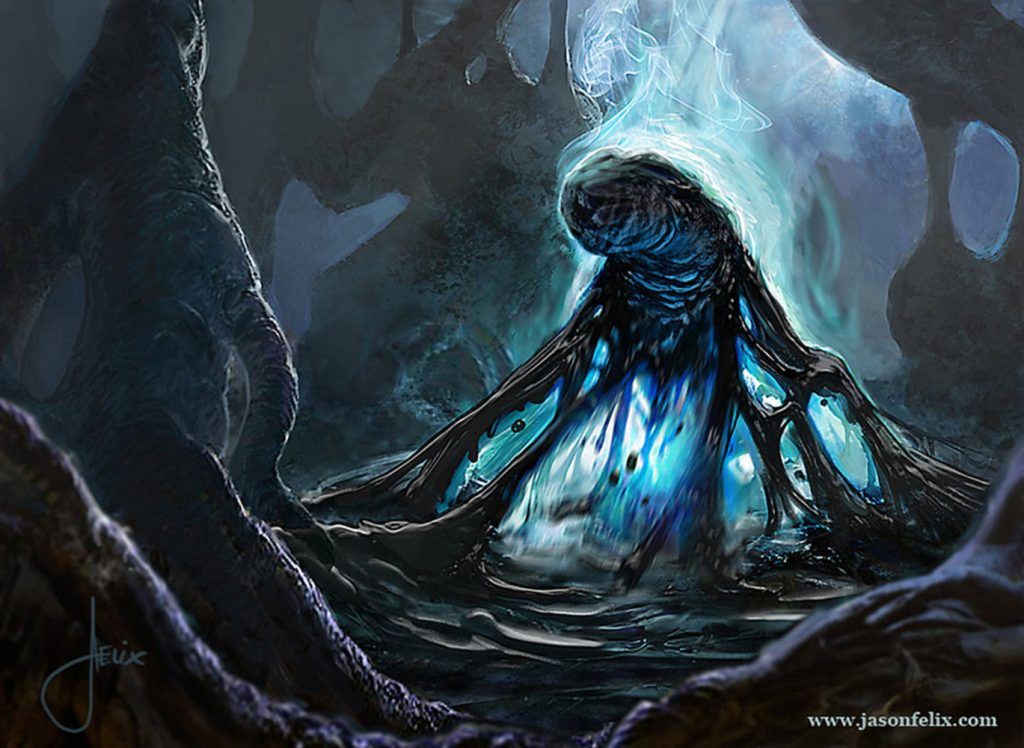
Creeping Tar Pit (Worldwake) | Illustration by Jason Felix
Summoning sickness is a term used to describe a creature that has just been played on the battlefield, and because of this it can't attack or use a tap ability. Summoning sickness only lasts until your next turn.
The term originates from the concept that your creature is shaken and disoriented from being summoned and it needs to take a moment to rest before it can act. It’s a fundamental part of the design and gameplay of Magic because it dictates the flow and pace of a match, deckbuilding decisions, and card design.
How Does Summoning Sickness Work?
When your creature enters the battlefield one way or another, it's summoning sick. The best way to think of it is that it can’t tap for an attack or its own activated ability. This effect eventually wears off and the creature can act normally again when your next turn comes around.
When Does Summoning Sickness End?
Summoning sickness ends at the start of its controller's next turn. The term officially defines that a creature is always summoning sick unless it’s been continuously controlled by a player since the beginning phase of that player’s most recent turn. Since you may have upkeep triggers to keep track of, another way to remember the end of summoning sickness is by the beginning of your upkeep, a creature can tap.
Can Creatures With Summoning Sickness Use Tap Abilities?
No, they can't. It’s explicitly stated that the creature can't attack or use activated abilities that include the tap or untap symbols in their cost when it’s summoning sick. This can be circumvented with haste, but the common case would be that they can't.
Can You Untap a Creature with Summoning Sickness?
Yes, if you have a creature that came into play tapped, you may untap it, however, untapping alone does not grant the creature the ability to attack or tap for an ability that turn. Let's say you paid for the ability on Reassembling Skeleton, and then activated Seeker of Skybreak, the Skeleton would still need to wait until your next beginning phase in order to be able to attack.
What About Other Activated Abilities?
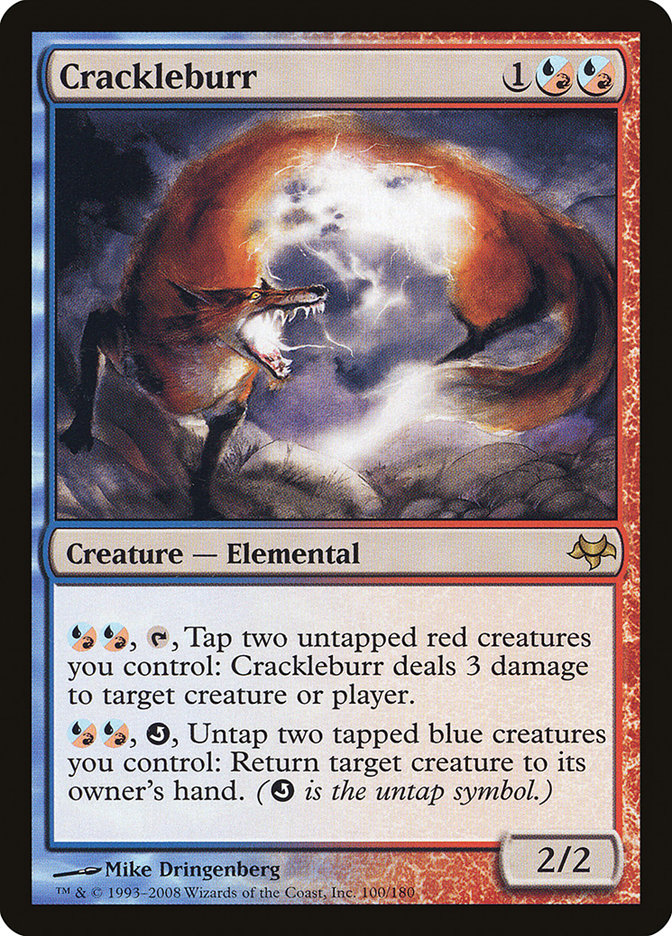
Absolutely! As long as the cost to activate the ability doesn’t require the creature to tap to activate it, you’re absolutely fine. Just look for the tap or untap symbols in the cost to activate the ability. If you don’t see those symbols you’re good to go.
Can Creatures With Summoning Sickness Crew Vehicles?
Yes, actually. It’s a bit of a weird concept. A sick and disoriented creature driving around a vehicle sounds a little wild, but it can be done. Crewing doesn’t require the creature to be raring to go, it just has to exist and meet the requirements.
While we’re at it, this goes for all things that want to tap another creature to help activate it. Abilities like crew, improvise, or convoke are prime examples since the sick creature isn’t the one activating an ability. It’s just being used to help pay the cost by another source.
Cards like Aura of Dominion and Holdout Settlement are other fantastic examples. They’re just asking for a warm body they can use as fuel for their own fire, so they're allowed to use summoning sick creatures to help pay their costs.
Can Creatures With Summoning Sickness Block?
Glad you asked, because creatures with summoning sickness sure can block! Just because they can’t attack doesn’t mean they can’t sit there and soak up damage for you. You can still declare the creature as a blocker just like any other.
Think of it like they’re getting somewhat better and can start to help out, but they’re not fully raring to go. And no, they still can’t use tap abilities. You’re still waiting on that until your turn comes back around.
Do Planeswalkers Have Summoning Sickness?
No, they don’t. Planeswalkers don’t have anything going on that summoning sickness would restrict. They can use their abilities right out of the gate without any issues or strings attached.
But there are special cases like Gideon, Ally of Zendikar and Gideon Jura or, well, most Gideon planeswalkers. Gideon can turn into a creature with predetermined stats until the end of your turn. When this happens that card is then subject to summoning sickness and, assuming this happened on the turn you first cast it, it can’t attack. Now, if you activate this ability after you’ve already controlled him for a turn, it’s fine and can attack as any creature would.
Do Artifacts Have Summoning Sickness?
This depends on whether that artifact is a creature. Plain artifacts don’t have summoning sickness. Like planeswalkers, they aren’t creatures. They’re things. You can just use them without any worry, even if they have tap abilities.

But there are cards like Skilled Animator that turn artifacts into creatures. In this instance, the animated permanent follows the same rules that a creature does with summoning sickness. If it just entered the battlefield this turn, it can’t do anything. If you already had it around a while, it’s good to go.
There are also artifact creatures. These guys are still creatures. Even if they’re part machine they can’t just get any special privileges. They still have to wait around a tiny bit like everybody else does before they can get to work.
Do Vehicles Have Summoning Sickness?
Yes, sadly, they do. When a vehicle crews to become an artifact creature it acts no different than if an effect like Skilled Animator’s was used. It becomes a creature and is subject to the summoning sickness rules just like any other creature, and would need haste to attack and tap right away.
Do Tokens Have Summoning Sickness?
Since summoning sickness applies to all permanents but affects creatures specifically, yes. Sure, you didn’t cast this one and it isn’t even an actual card, but it’s still a permanent on the field as well as a creature. It's subject to summoning sickness as usual unless it has haste for any given reason. Say you have Increasing Devotion, even if paid with flashback, the tokens cannot attack the same turn they entered. If instead you have Assemble the Legion, the tokens are granted haste and can attack and count towards battalion.
Do Lands Have Summoning Sickness?
Sure do! They just don’t often get to show it in many cases.
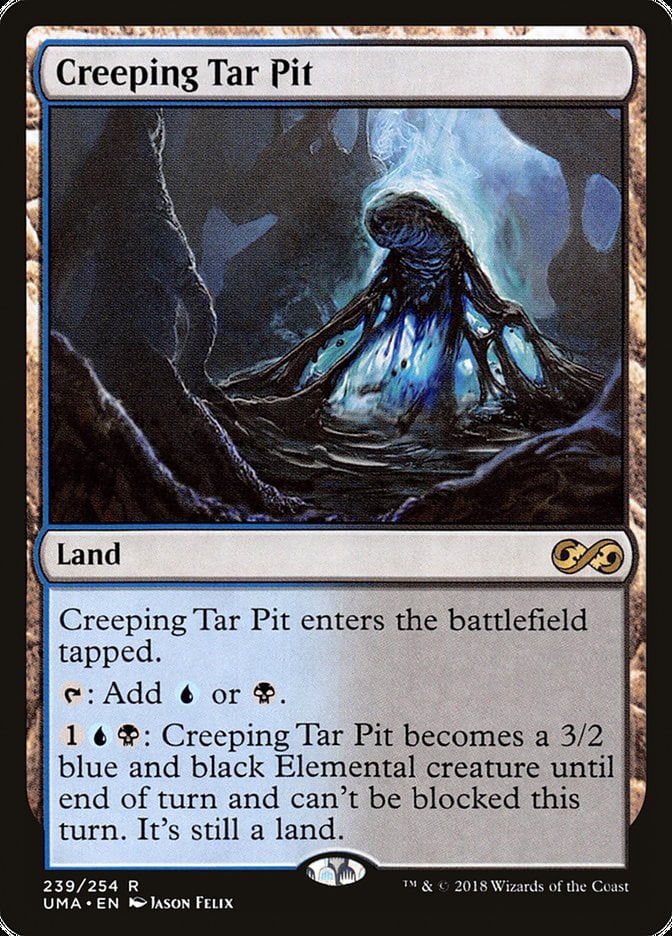
Cards like Creeping Tar Pit can’t attack the turn they’re played, even though they start as a land and get animated afterwards. Summoning sickness is a huge blanket that covers all permanents and creatures are the ones who suffer the consequences of it while other permanent types don’t have to worry.
But if another permanent type adds creature to its list of descriptors, it falls under the same rules as the rest of the creatures on the field.
Do Creatures Have Summoning Sickness After They Transform?
There were certainly questions about whether or not the transformation of a creature would induce more summoning sickness with the introduction of transform and double-faced cards. Thankfully, Wizards addressed this:
Transforming doesn’t give a creature “summoning sickness,” so if a creature has been under your control continuously since the beginning of your turn, it can still attack even if it transforms—assuming it transforms into a creature!
Source
Think of it like this: if a person (perhaps Avabruck Caretaker) turns into a werewolf, the wolf side isn’t a new thing, but instead the same creature with a different form and probably some different tricks (Hollowhenge Huntmaster) compared to the human form.
Does Flickering Creatures into Exile Cause Summoning Sickness?
Yes, it does. You may not be casting the creature again, but they’re being removed from existence temporarily and put back into place. That has to be at least a little disorienting, right?
The continuous control of that creature is basically broken once it leaves the battlefield. Since it’s considered a new permanent, it has to deal with summoning sickness all over again.
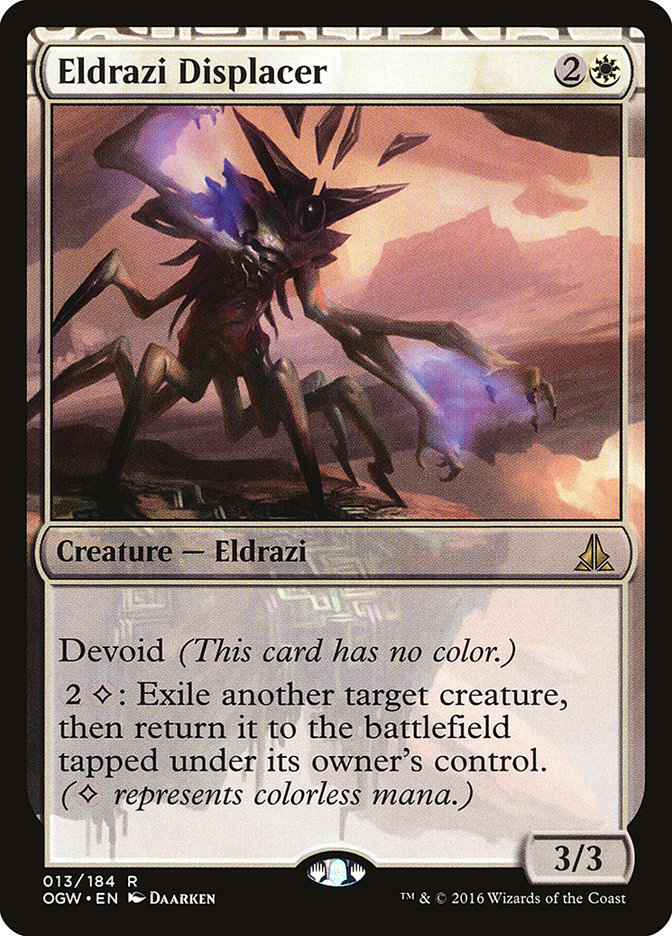
There are even strategies and ways to use cards like Eldrazi Displacer to flicker your opponent’s creatures during their turn so they can’t attack.
Do Creatures From the Graveyard Have Summoning Sickness?
You bet! Just like flickered creatures, creatures from the graveyard entered from somewhere that wasn’t the battlefield, meaning they’ve just been summoned and can’t attack or use tap abilities per the summoning sickness rules.
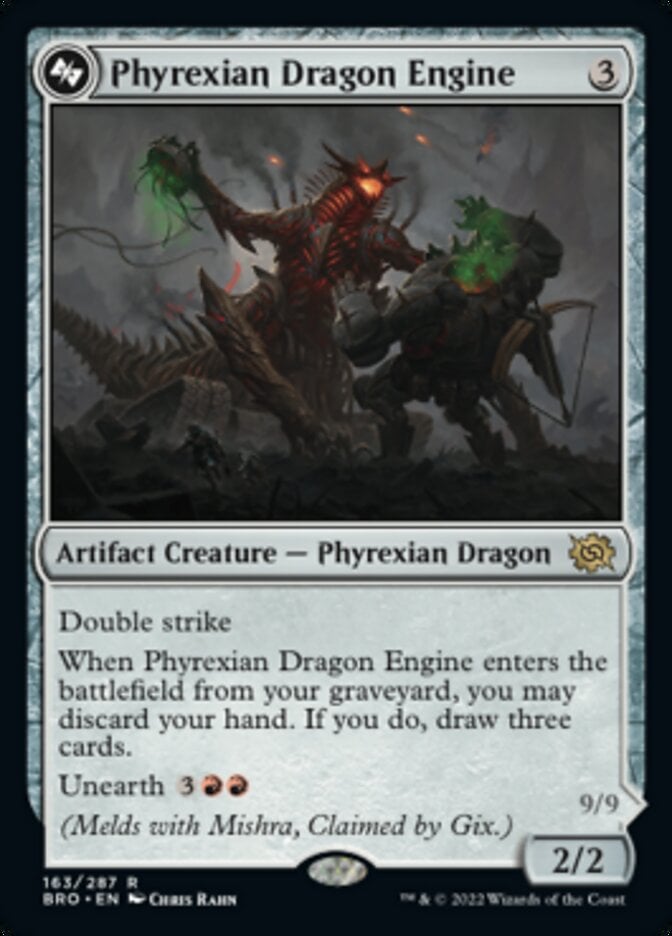
And just like with everything else, haste negates the penalty suffered by summoning sickness. So cards with the unearth mechanic tend to really shine since they can bring themselves back with haste and don’t waste any time.
Do Creatures With Flash Still Have Summoning Sickness?
Depends on how you look at it, but yes. If you flash in a creature, you’re likely doing it during your opponent’s turn or as a response to something your opponent did on your turn. Unless the creature has haste, it still has summoning sickness. If you cast the creature on your opponent’s turn then the summoning sickness wears off by your next turn.

By flashing in a creature on your opponent’s turn you avoid having to deal with the summoning sickness penalties for as long as you'd have to otherwise and give your opponent less of a chance to deal with the creature before it can attack them.
How Does Mutate Work With Summoning Sickness?

Mutate is a mechanic that changes one creature into another with a special casting cost. In any case where the creature that’s mutating doesn’t have summoning sickness, it won’t regain that status. It already exists and is just changing forms like with the werewolf example.
Now, if your Auspicious Starrix that’s mutating still has summoning sickness, it retains that status until it wears off as the creature normally would. So, the real answer is that it depends.
When You Take Control of a Creature, Does it Have Summoning Sickness?
Yes, it does. Hear me out now.

Yes, the creature has been continuously existing, but you yourself haven't controlled it prior to the turn that you took control of it. This is why Act of Treason grants haste to the creature you steal. Since you’re only controlling it for one turn, what good does it do to not be able to use it? So you get haste and can attack with it.
When You Morph a Creature, Does it Have Summoning Sickness?
Similar to the mutate argument, a creature that is disguised or morphs on the turn it entered the battlefield retains summoning sickness. But the act of morphing a creature doesn’t give it summoning sickness a second time.

For example, if you were to play Shieldhide Dragon and then immediately morph it to get its effect, you wouldn’t be able to attack with it since the permanent itself just entered this turn. But it won’t deal with summoning sickness since it’s the same permanent that you already controlled if you wait a turn to morph it. Super similar to the transform scenario.
How Can You Get Around Summoning Sickness?
Haste and flash are the best ways to mitigate the effects of summoning sickness. Summoning sickness can’t be tampered with directly. Haste is a term that replaced the “this creature is unaffected by summoning sickness” text that a few cards had. All it says is that the creature can ignore the effects of summoning sickness and attack or use tap abilities right away. This is the best and only true way to just not deal with summoning sickness at all.
To a lesser degree, flash can help mitigate the pains of summoning sickness. While it won’t let you attack with your creature any sooner, playing a flash creature on your opponent’s turn makes it less vulnerable to removal, especially sorcery-speed removal. Also like haste, a creature with flash can take your opponent by surprise since they won’t have as much time to play around it.
Why Does Summoning Sickness Exist?
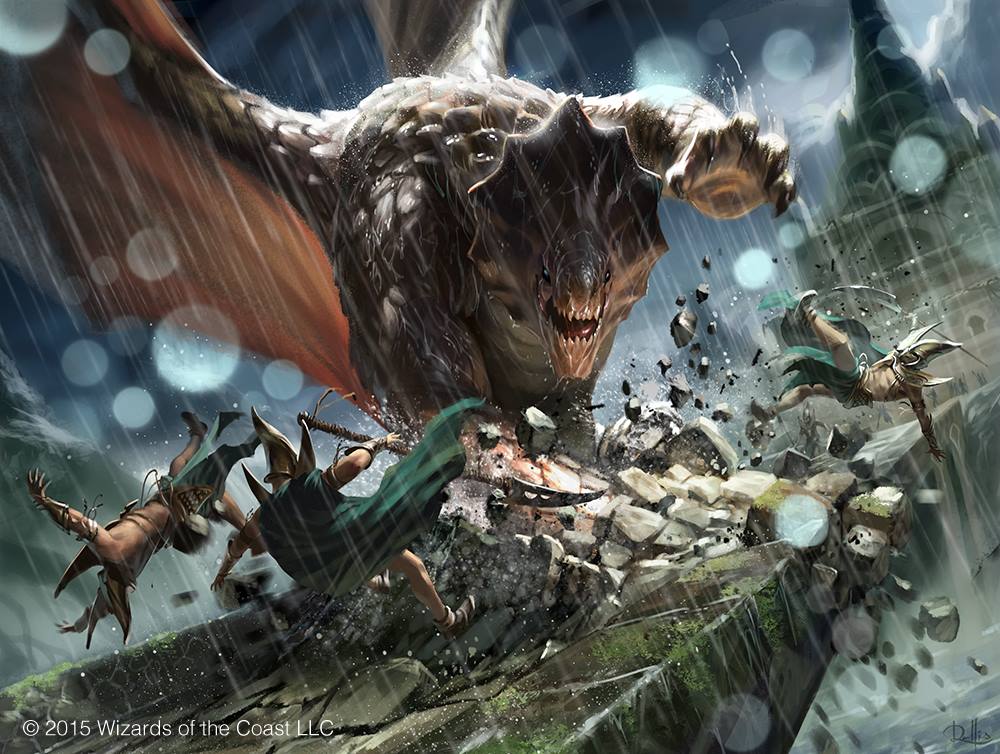
Shieldhide Dragon (Dragons of Tarkir) | Illustration by Chris Rallis
Summoning sickness is just a way to keep Magic cards balanced. Imagine a scenario where all the creatures ever printed in the history of Magic have haste. Aggressive strategies would dominate and we’d have little opportunity to play midrange, control, or even combo decks. Games would end fast thanks to speedy and efficient damage outweighing powerful effects.
Haste is one of the most important, powerful, and balanced evergreen keywords in the game. Creatures without haste typically have other incentives attached to playing them. This variety of options lets you build a fast aggressive deck or a slow controlling deck without one being strictly better than the other.
Summoning sickness helps mitigate the downside of going second in a game of Magic. Whoever goes first is already at an advantage, and games would be much less interesting if summoning sickness didn’t exist.
Is the Term “Summoning Sickness” Even Used Officially?
Kind of. “Summoning sickness” used to be an informal term used to wrap up all the words and rules regarding it into one neat little present with a bow. But Ashaya, Soul of the Wild, Dryad Arbor, and Life and Limb all refer to summoning sickness in their full oracle text.
While summoning sickness isn’t specifically a rules term in any definition, it’s colloquially used by everybody, even Mark Rosewater. It appears in reminder text on three cards in their full oracle text and appeared on eight cards before haste was created as a keyword. I’d say that’s more than enough grounds to call it official.
Wrap Up
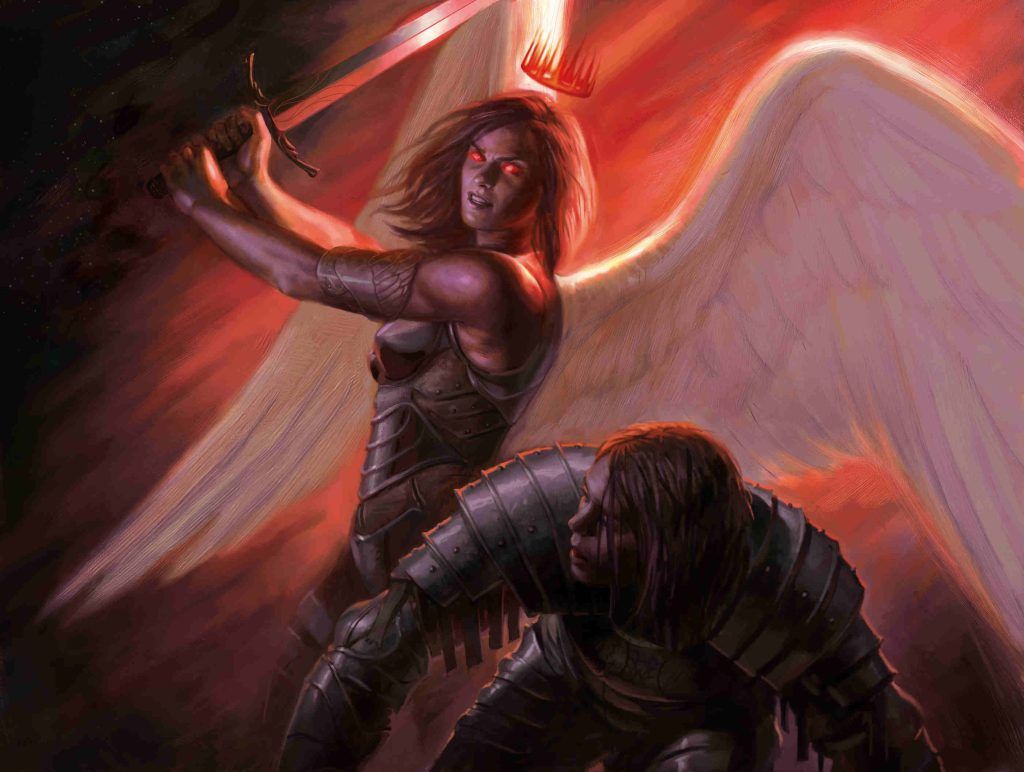
Act of Treason (Magic 2010) | Illustration by Eric Deschamps
Well, it’s been absolutely fantastic to talk with you today. I hope that you found what you were looking for whether you’re new to the game or just looking for clarification. Summoning sickness is fundamental to the game, and you can never know too much about the basics. This rule is a basic one that separates it from Yugioh which has no problem summoning monsters that can attack that same turn.
Is there anything else you want to know about summoning sickness? Or maybe you have a cool interaction with it that you want to share? Let me know in the comments below or over on the Draftsim Discord.
Now that you know everything you ever wanted or needed to know, it’s time to get out there and play some Magic!
Follow Draftsim for awesome articles and set updates: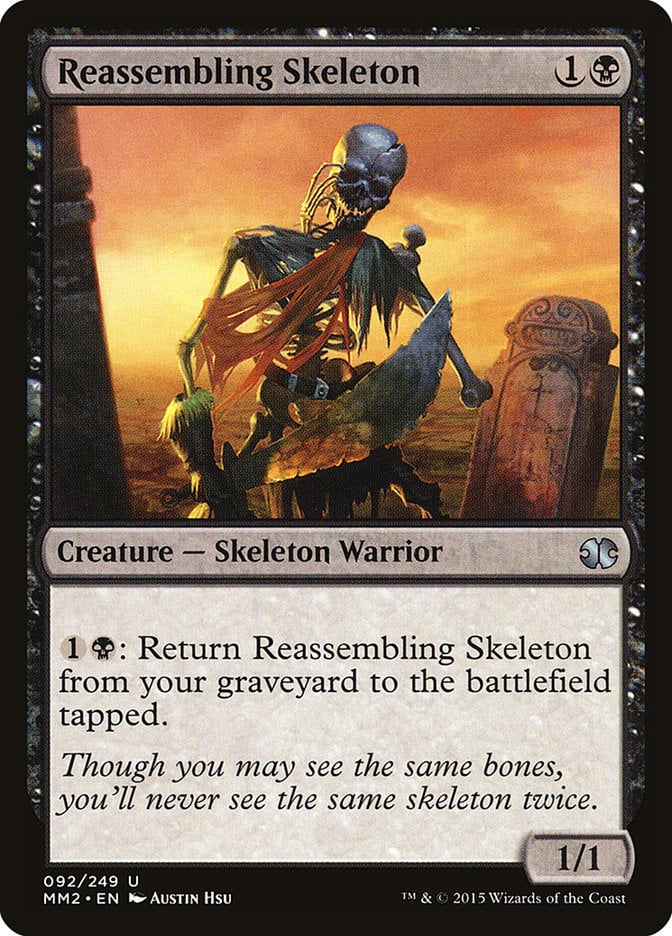
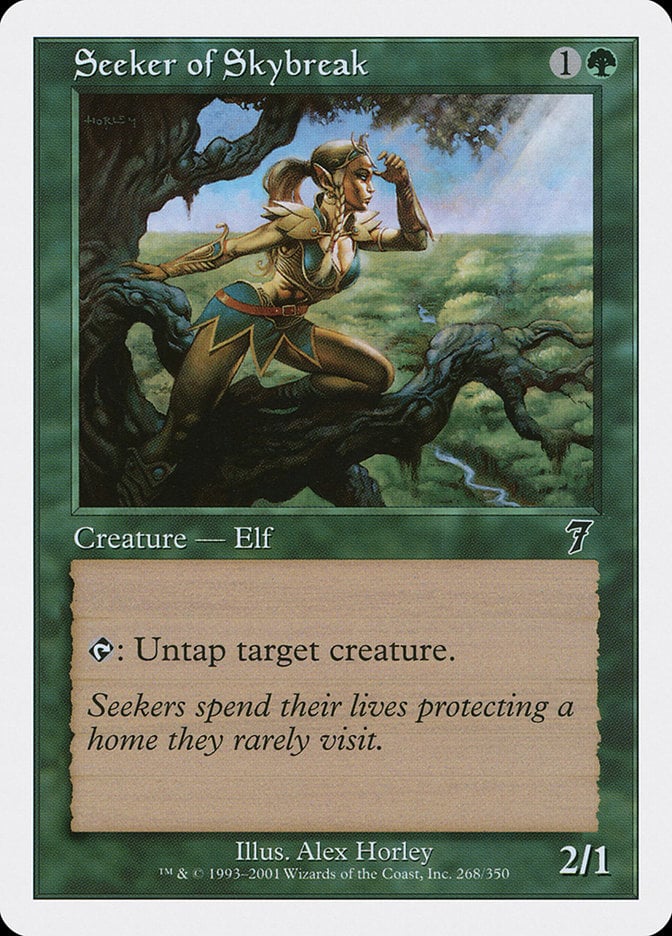
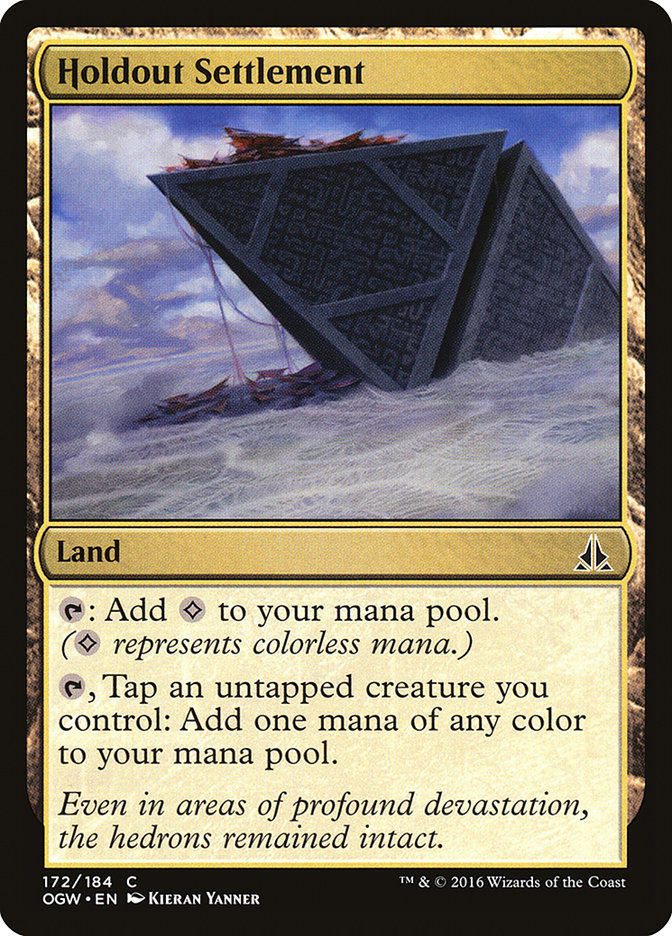
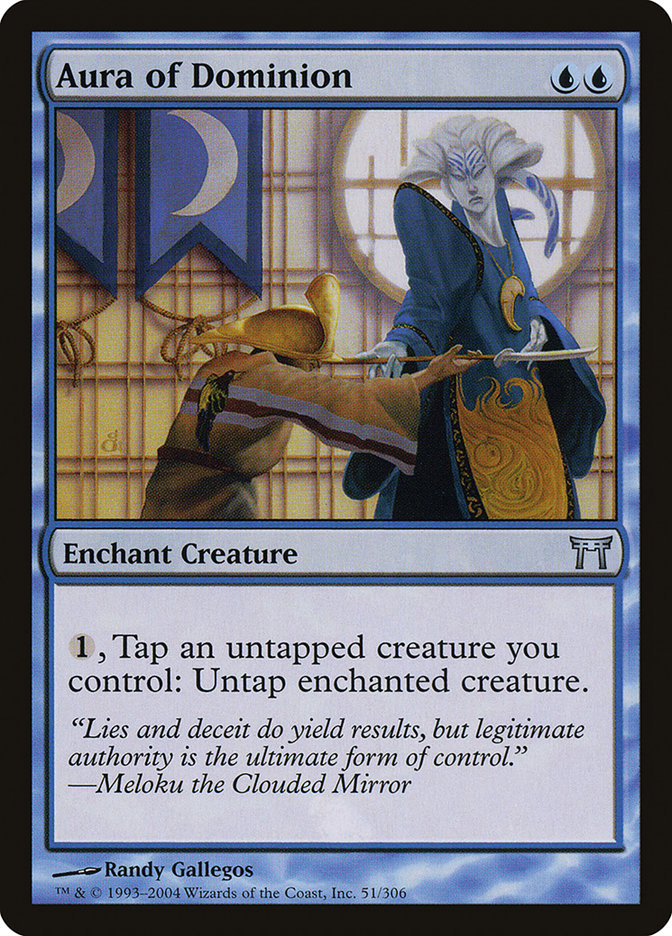

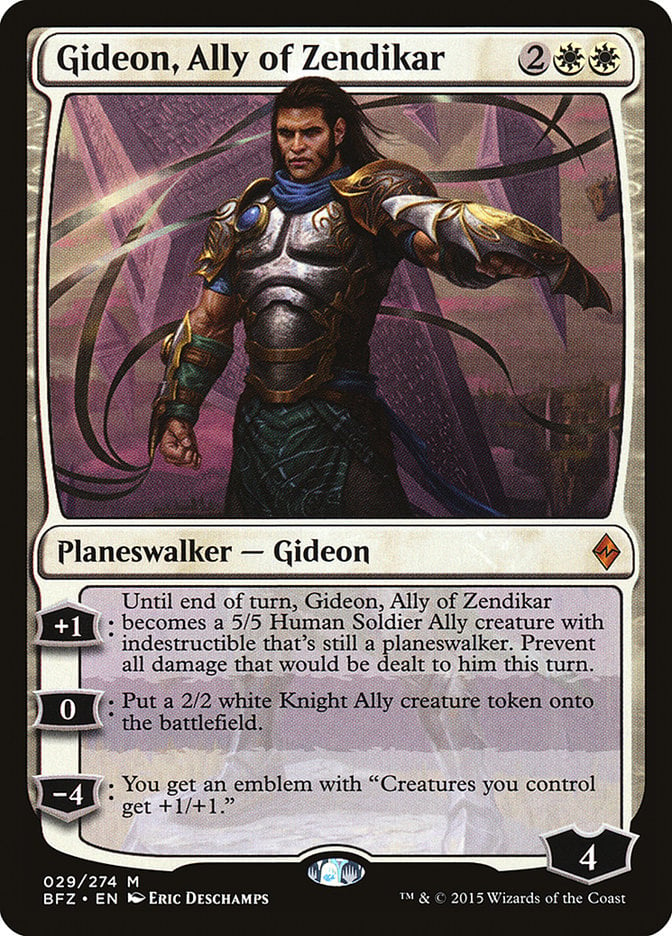

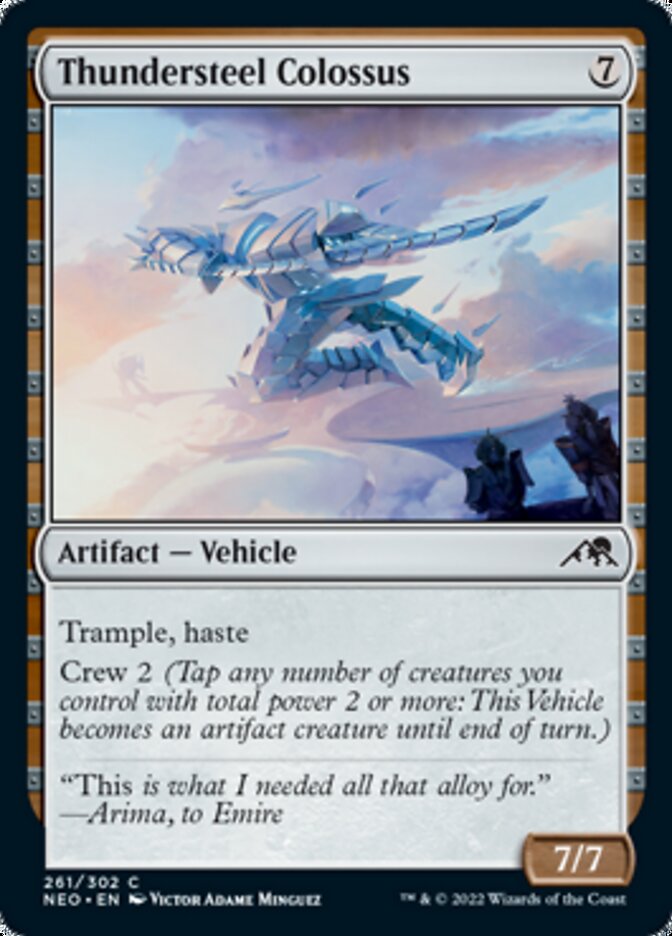
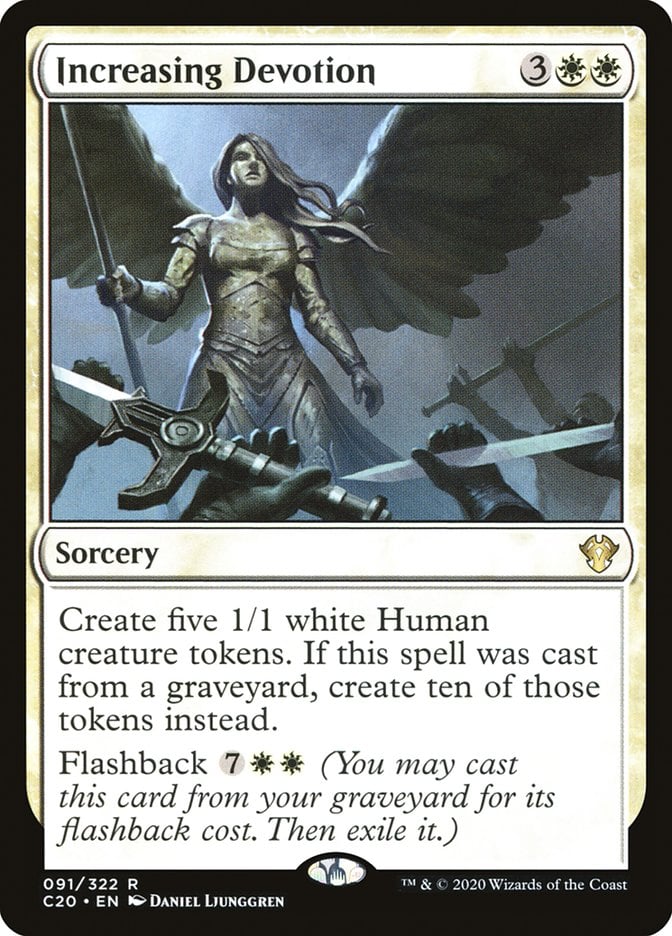
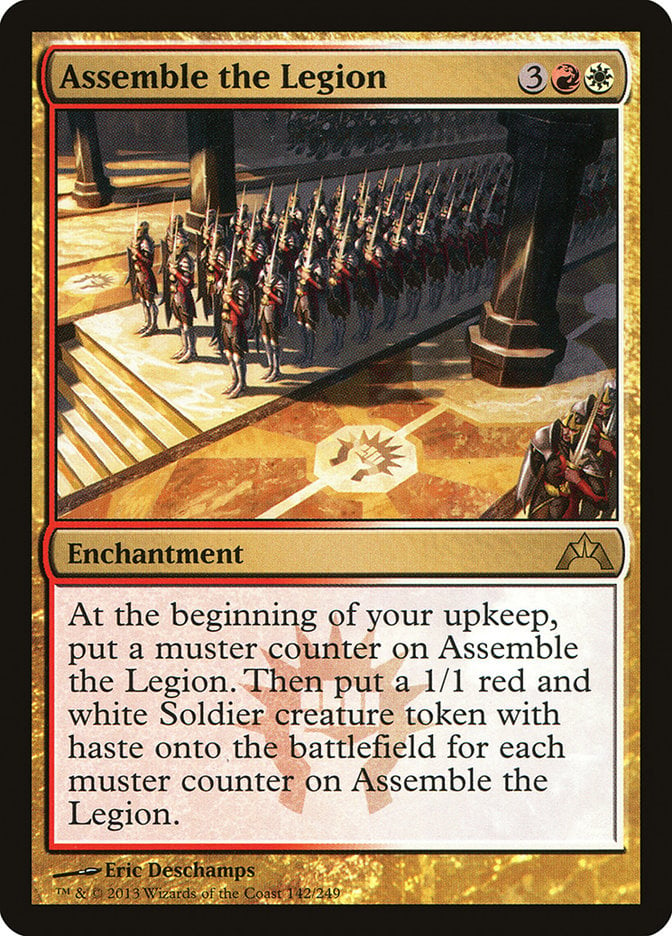

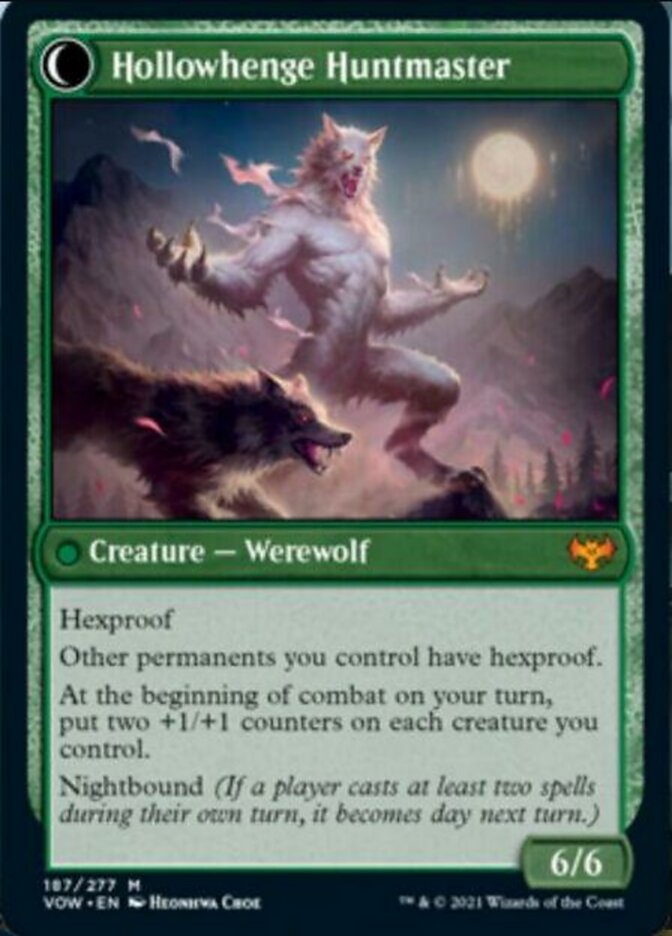
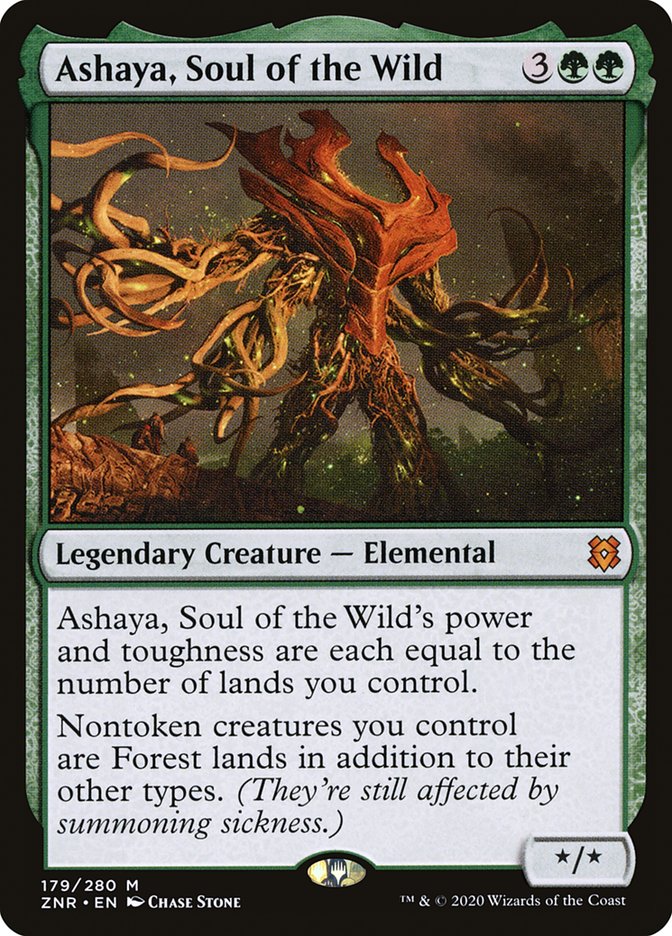
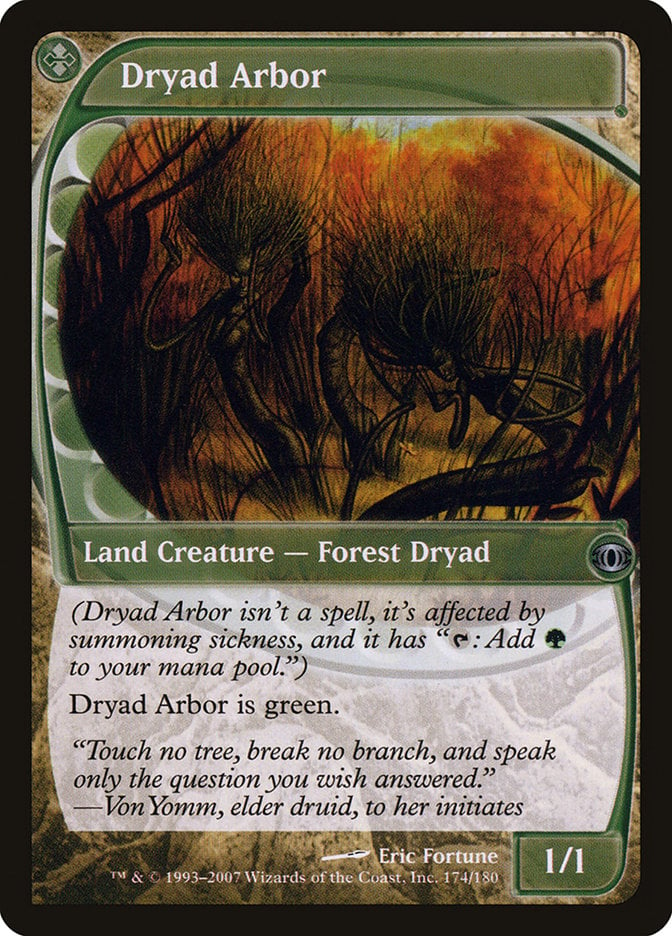
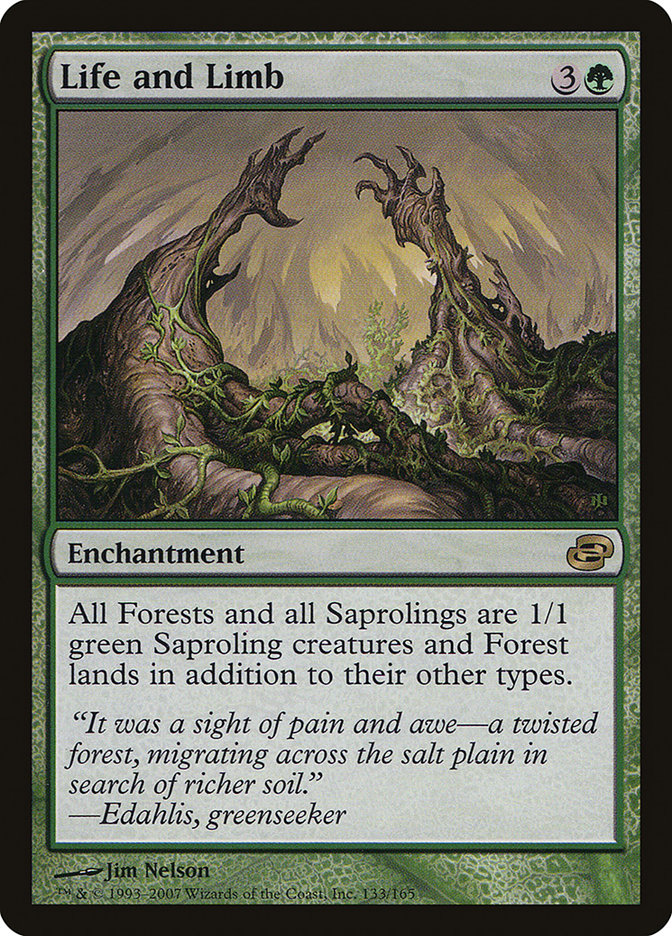
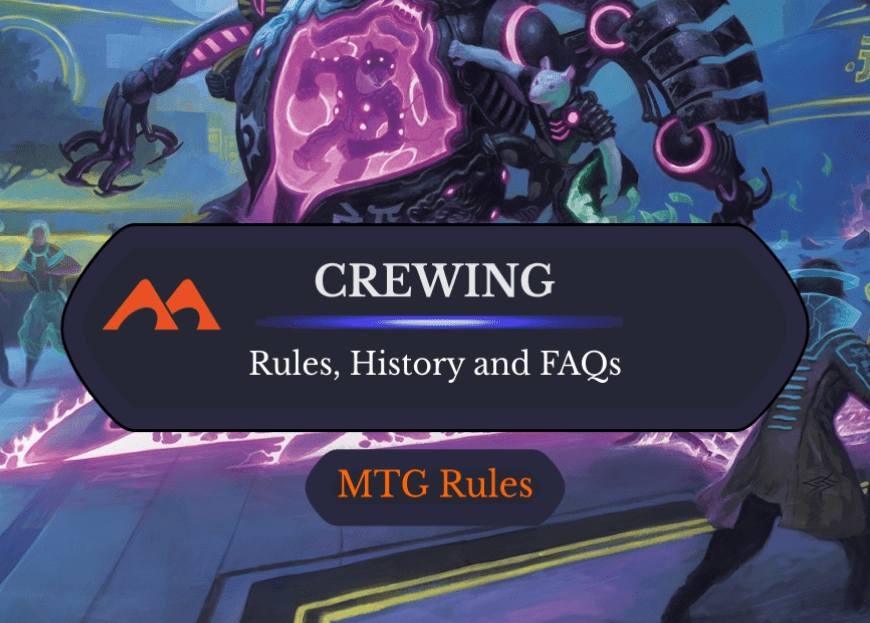
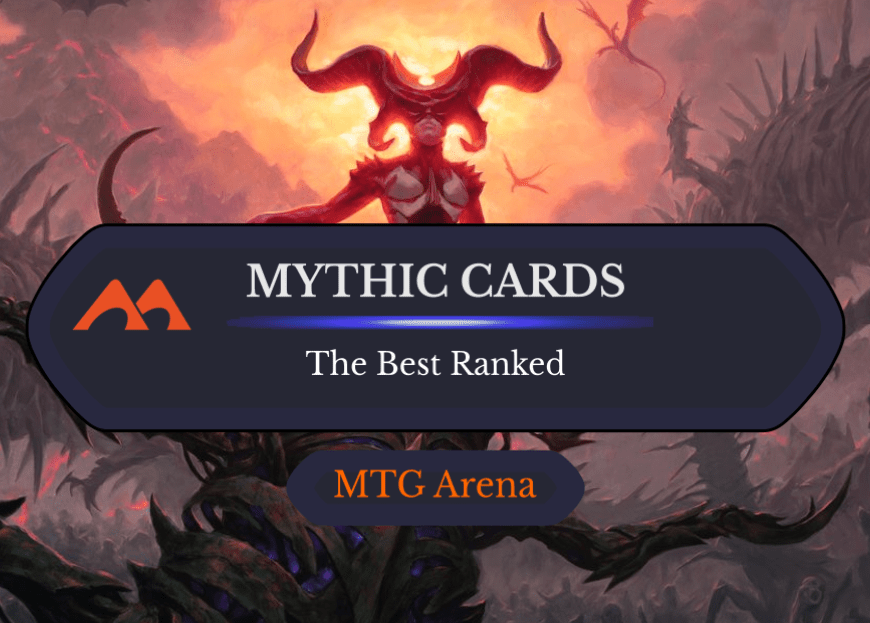
4 Comments
Great article!
There is a point that I’d like to clarify further. You state that “summoning sickness applies to all permanents” and from my limited googling it appears the MTG community generally agrees. However, I cannot for the life of me find anywhere in the official rules that supports summoning sickness for anything other than creatures. Any insights would be greatly appreciated.
Well the idea is that it has to be a creature for it to matter. So if you animate a land, then the summoning sickness rules apply to it.
In the section titled “When does summoning sickness end?”, you say “summoning sickness ends during the untap step.” While in most cases this is the step in which summoning sickness is no longer applied, this is somewhat misleading, as there are situations where a player can have an untap step and their creatures still have summoning sickness. (i.e Sphinx of the Second Sun) And others in which a player will skip their untap step, yet their creatures still lose summoning sickness. (i.e. Brine Elemental)
While I appreciate you did cite how the CR defines summoning sickness, the very mention of the untap step is strange to me, as the only correlation is they both happen at the start of the turn. Additionally, if you do a google search for “when does summoning sickness end?” The first thing that pops up is this article and the highlighted sentence is “on your untap step”.
I see where you’re coming from! Technically true in general but the wording does make a difference for certain cards and circumstances. Thanks for pointing that out, it’s been fixed!
Add Comment